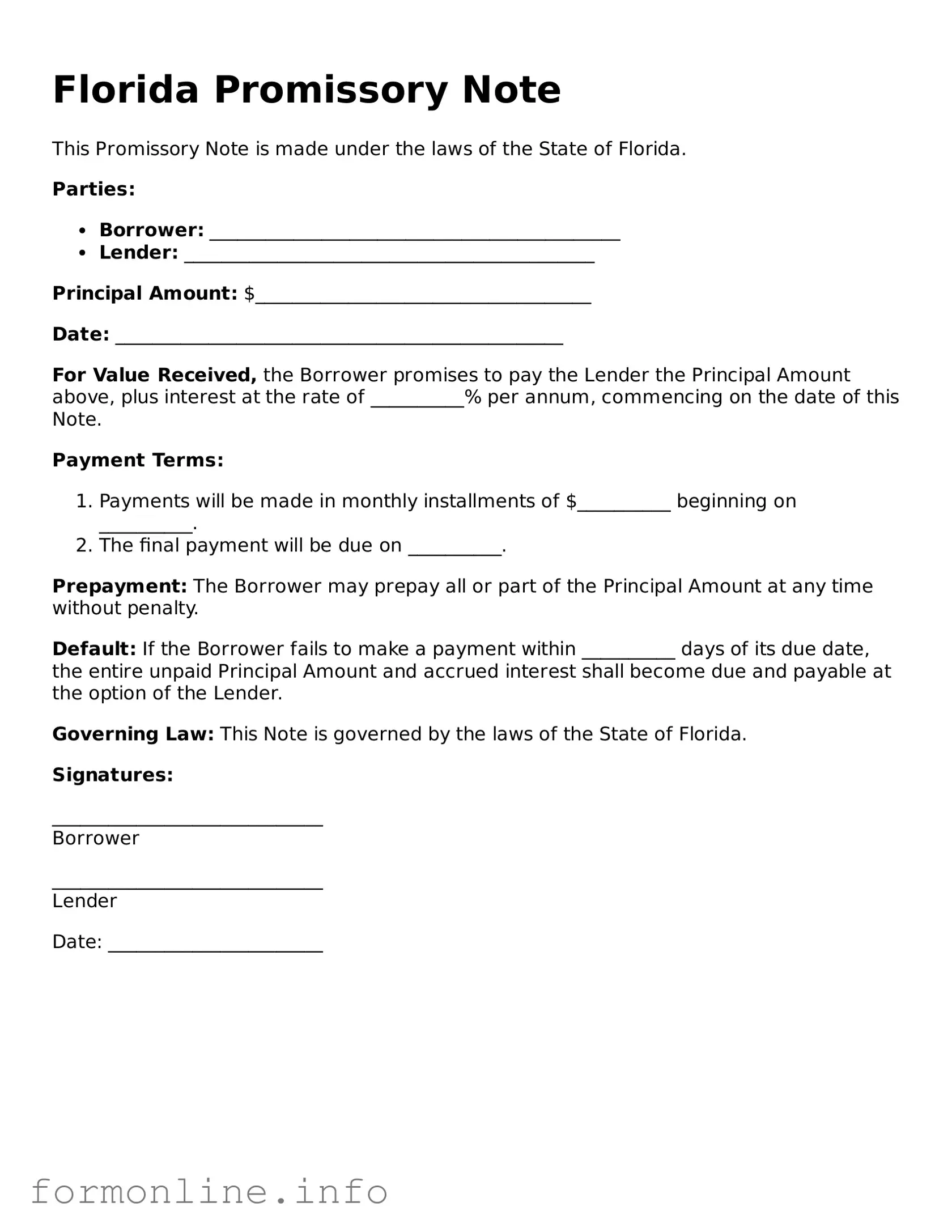A mortgage agreement is a document that outlines the terms of a loan secured by real property. Like a promissory note, it details the borrower's promise to repay the loan. However, a mortgage agreement also includes information about the property being used as collateral. It establishes the lender's right to take possession of the property if the borrower defaults. Both documents serve as legal evidence of the borrower's obligation to repay a debt, but the mortgage agreement adds an additional layer of security for the lender by tying the loan to a specific asset.
A loan agreement is similar to a promissory note in that it specifies the terms under which money is borrowed. This document includes details such as the loan amount, interest rate, and repayment schedule. While a promissory note focuses primarily on the borrower's promise to repay, a loan agreement may also cover additional terms like late fees and default consequences. Both documents are essential for ensuring that both parties understand their rights and responsibilities regarding the loan.
A personal guarantee is a document that provides a lender with assurance that a third party will be responsible for repaying a loan if the primary borrower defaults. This is similar to a promissory note, as it involves a promise to pay. However, a personal guarantee often involves an individual who is not the primary borrower, adding another layer of accountability. Both documents help lenders mitigate risk, but a personal guarantee extends the obligation beyond the original borrower.
An installment agreement outlines a plan for repaying a debt in regular payments over time. Like a promissory note, it specifies the amount owed and the repayment schedule. However, installment agreements often involve more detailed terms regarding the payment structure and may include provisions for interest rates and penalties for late payments. Both documents aim to clarify the repayment expectations for the borrower.
A security agreement is a document that grants a lender a security interest in specific collateral to secure a loan. Similar to a promissory note, it represents a promise to repay. However, the security agreement also identifies the collateral that the lender can claim if the borrower defaults. This added detail provides the lender with more protection, while the promissory note remains a straightforward acknowledgment of the debt.
A lease agreement can be similar to a promissory note in cases where a lease involves payments for renting property. Both documents outline the financial obligations of one party to another. A lease agreement typically includes terms related to the duration of the lease, rental payments, and responsibilities for maintenance. While a promissory note is focused solely on repayment, a lease agreement incorporates additional details about the use of the property.
For entrepreneurs looking to understand the foundational steps in setting up a business, the necessary legal framework is outlined in the important Articles of Incorporation guidelines. This document is pivotal in defining the structure and operational directives of a corporation.
A deed of trust functions similarly to a promissory note in that it secures a loan with real estate. It involves three parties: the borrower, the lender, and a trustee. The borrower promises to repay the loan, while the deed of trust allows the trustee to hold the title to the property until the loan is repaid. Both documents serve as legal instruments that protect the lender's interests, but the deed of trust also provides a mechanism for foreclosure if the borrower defaults.
An acknowledgment of debt is a document in which a borrower formally recognizes the existence of a debt owed to a lender. This is similar to a promissory note because it confirms the borrower's obligation to repay. However, an acknowledgment of debt may not include specific repayment terms, making it less comprehensive than a promissory note. Both documents serve to establish the borrower's responsibility, but the promissory note provides a clearer framework for repayment.
